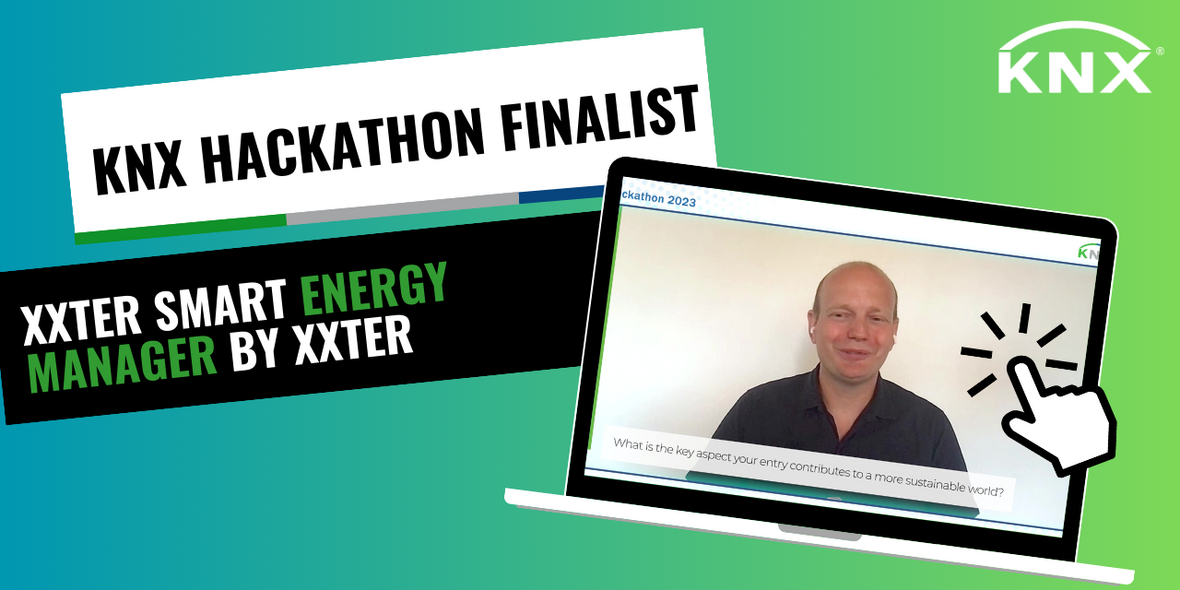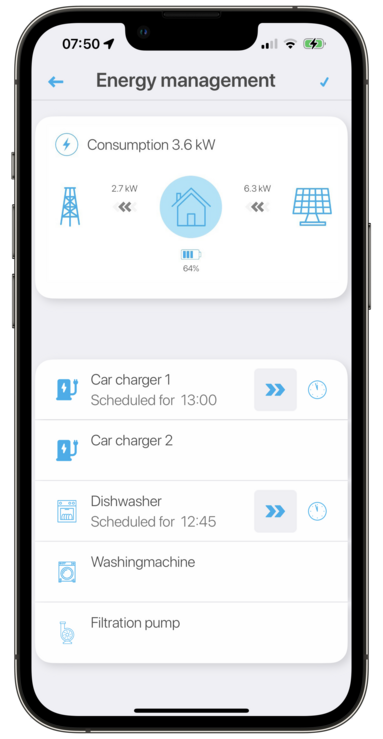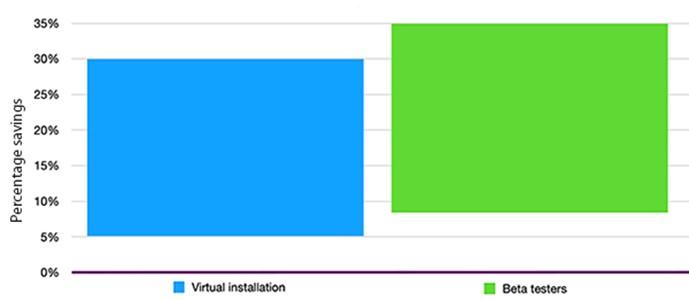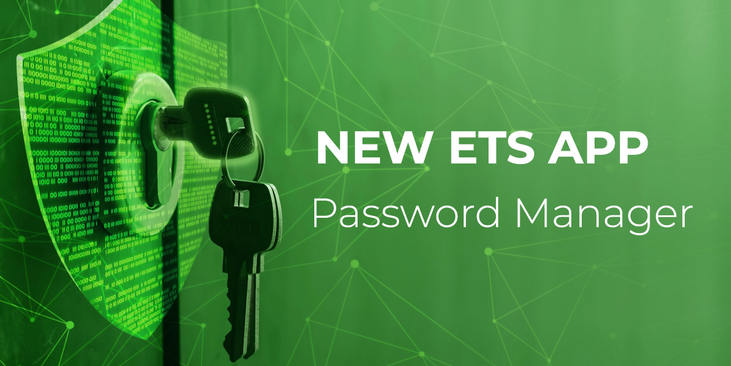29. Sep 2023
KNX Hackathon Finalist: The xxter Smart Energy Manager Reduces Consumption by up to 30%

Harm Elzinga explains how the xxter Smart Energy Manager typically reduces energy consumption by a minimum of between 5 - 30%, and that's before self-generated power is taken in account.
xxter developed the KNX-based Smart Energy Manager (SEM) that not only monitors energy usage and production, but smart-manages it too. Based on the energy production forecast, which can be automatically predicted with impressive accuracy based on factors such as the weather forecast, dynamic pricing information and the customer's typical needs, the best schedule is created to minimise energy consumption from the grid, thereby reducing costs and the carbon footprint.
An example of such scheduling would be to charge an electric car when
there is a lot of solar energy available, or when the spot (hourly) electricity
prices from the supplier, are low. The xxter SEM can also manage home batteries
automatically in order to further improve the efficiency of self-produced
energy.
Basic assumptions

In order to prove what kind of savings can be made using this technology, xxter first made some general calculations using publicly available data in The Netherlands. They based this on several scenarios, and all were calculated during the whole of 2022. xxter acknowledges that, owing to extreme global events, the prices for 2022 might have been atypical, but given the dynamic pricing tended to be higher as well, this should not affect the results too much, and the principle remains the same.
In all scenarios, xxter compared 'static' situations with dynamic spot prices and single- tariff prices with a similar calculation in which the SEM would have managed a part of the energy usage with a dynamic contract.
Typical scenarios

The scenarios calculated were:
- A single 800W pump for a pool,which needs to run for several hours a day (which hours are not very relevant, so this can easily be managed by the SEM).
- A small electric car which is not used every day, charged twice a week to 50%.
- A medium electric car which is used almost every day for commuting, charged daily to 50%.
- A hot water boiler which is set to a higher temperature when prices are cheap and lower when prices are high. It was assumed this would only be used for showering for two people, each for 5 minutes daily.
In all situations we made some basic assumptions such as that car charging would start at 18:00 when someone would come home during the 'static' situation, and where the car would be charged dynamically using the SEM between 18:00 and 06:00 in the morning.
Initial results
In all cases, the annual savings were calculated as being between €235 and €1400. Depending on the total electrical consumption of the home, the reduction could be reasonably estimated as being between 5% and 30%.
Further savings
It should be noted that these calculations were based solely on automating the use of electricity according to the dynamic pricing, and do not take into account the benefits of using solar panels, which the SEM would also account for and be able to improve the results even further. The calculations for that are almost impossible to make on such a long time period, but it is indisputable that the reduction would have been even higher.
In addition, these are all examples which use a defined amount of power. If you have a heat-pump for example, where you change the setpoint temperature based on over-capacity of the solar panels and/or spot prices, this will reduce costs further, but such reductions are almost impossible to calculate upfront.
Other tests

xxter chart - Range of percentage savings achievable annually by the virtual installation and monthly by the beta testers, all using xxter SEM automated energy management.
In addition to its own theoretical calculations based on real-world pricing, xxter has been using 20 beta testers since February 2023. The exact details cannot be shared due to privacy issues, but their experience seems to corroborate our calculations.
At the time of writing, February is only a few months ago, so there is no long-term data yet, but the feedback is very promising. In particular, the SEM, in combination with KNX classic devices, electrical car chargers and solar panels, results in the highest reduction of costs. The beta testers experienced a reduction between 8% and 35%, but these are on a month-on-month comparison with kWh usage. Of course the results will vary a lot month to month, and user to user.
Return on investment (ROI)
The xxter SEM solution is straightforward to implement and is cost-effective. It is all done locally using your existing KNX installation. There is no need to upload private data to a cloud solution, so your data stays your data.
In all cases where there is
already a KNX installation in the home/building and an electrical (OCPP-ready)
charger for an electrical car, the investment would be around €1500 including
installation and configuration of the xxter SEM solution. In which case, the
ROI would be between 1 and 3 years, with no solar panels and using spot prices.
With solar panels on the building, this would be even shorter. For homes with
no electrical car, we believe an ROI of 3 to 6 years would be reasonable.
Of course that would not take into account all of the other benefits that the xxter controller can offer, which are included in the price. Among these are the extensive comfort functions, automation capabilities and energy consumption insights.
Harm Elzinga is founder and CEO of xxter bv - a KNX Member. He has more than 20 years experience in the smart building industry, and is a long time KNX enthusiast.
Highlights
-
 News
NewsThe KNX Journal 2025 is now available
The latest edition of our annual smart home and building solutions magazine has arrived. The KNX Journal 2025 offers ... -
 News
NewsNew ETS App: Password Manager
The ETS Password Manager is a powerful new ETS App introduced in ETS 6.3 that eliminates the need to repeatedly enter ... -

